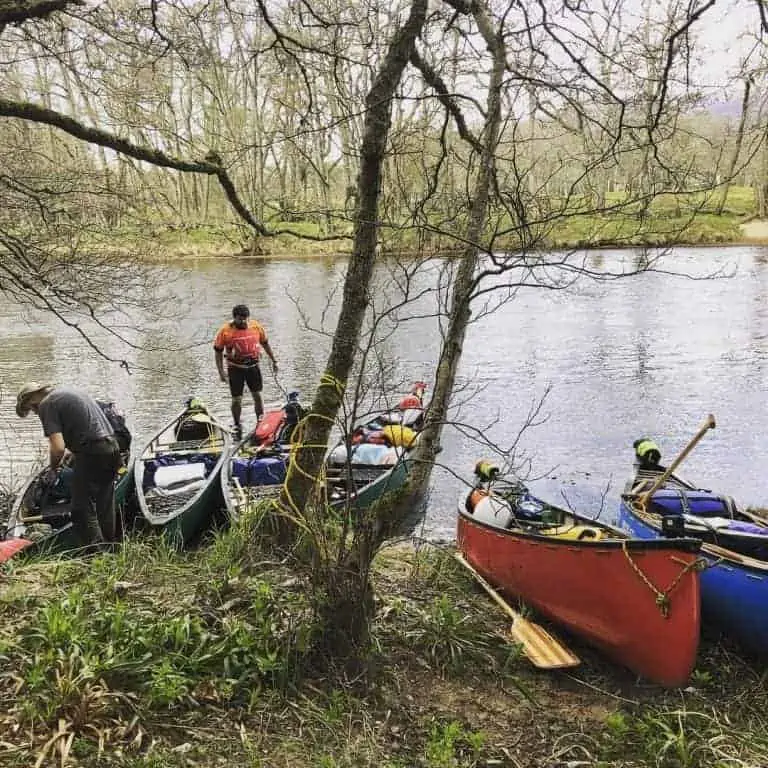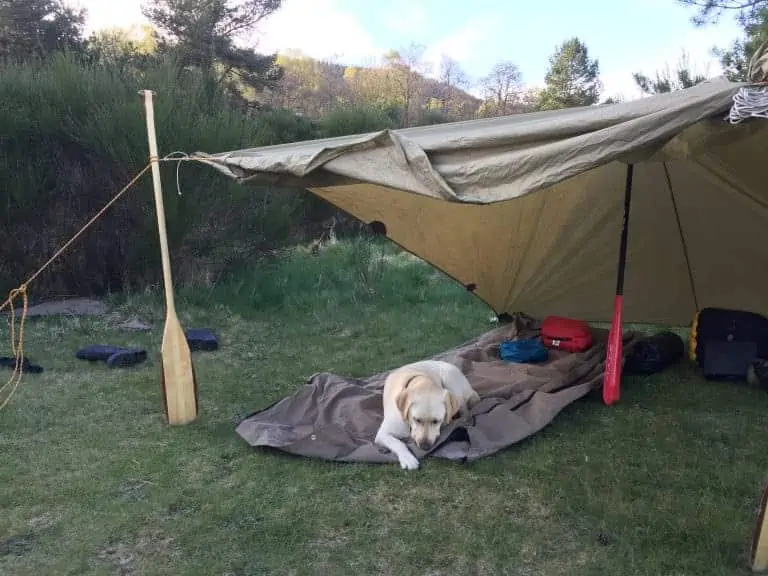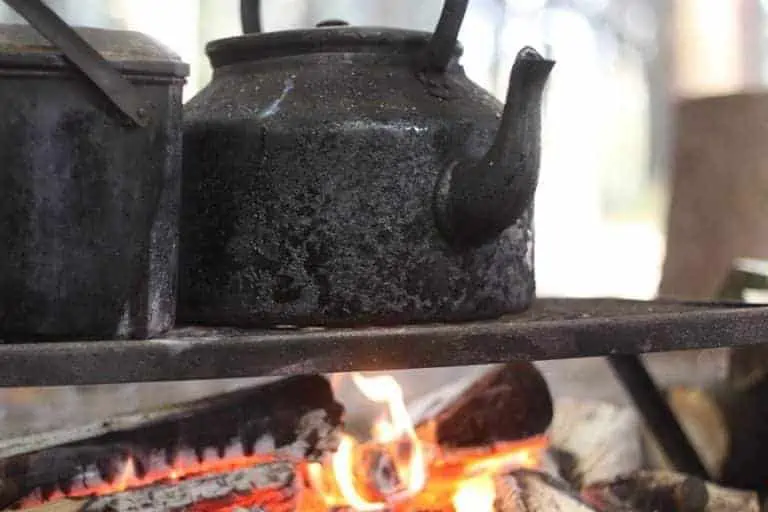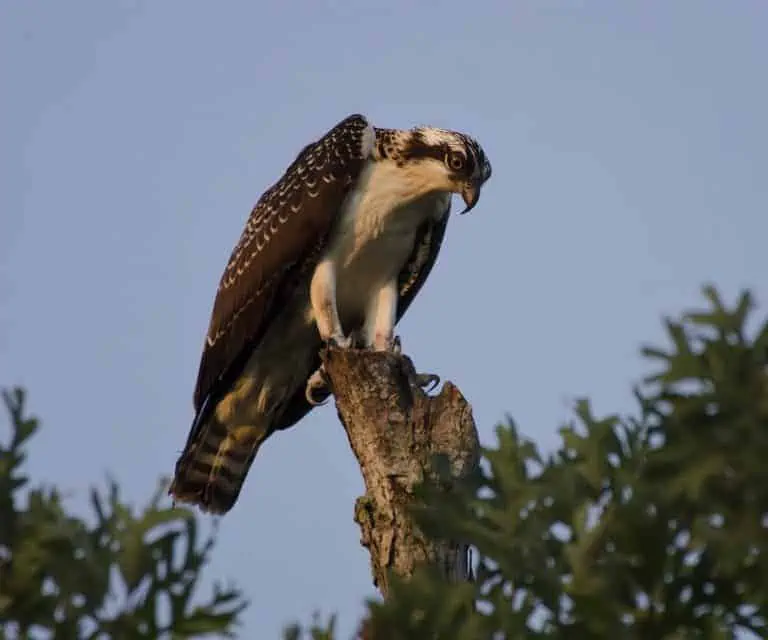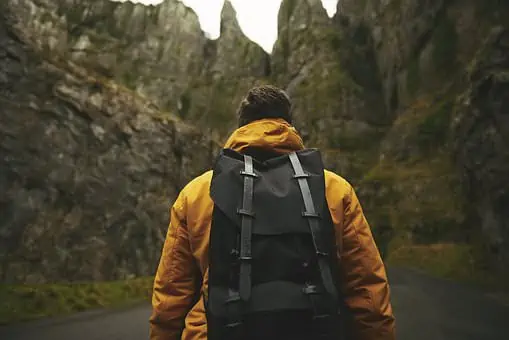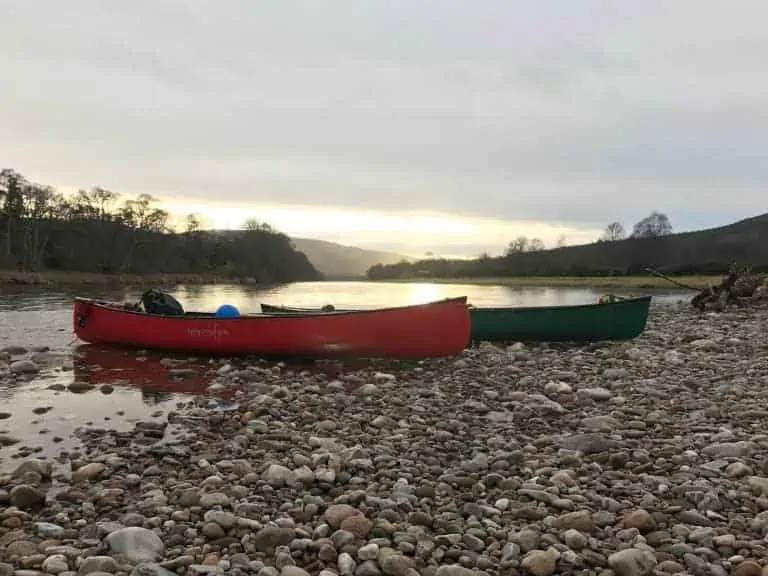Bushcraft Canoe Expedition
Week-long canoeing trips – the next step in your bushcraft adventures
Most people hanker for a few days escape from the modern world. The idea of sleeping under the stars, eating in the open air, observing wildlife not for an hour but through the whole day, or night, seeing nature unfold around you at its own pace. Sounds like a dream come true, doesn’t it?
But a week long canoeing trip gives even inexperienced people the chance to find their place in nature and to understand how the natural world operates.
Choosing a bushcraft canoe trip
Bushcraft is a fascinating and complex subject, and finding the right bushcraft canoe expedition operator can make a huge difference to your comfort, safety and the exposure to wildlife you experience. Look at references and reviews to find the best bushcraft organiser to take you on your long trip and then ask the following questions:
- Ask about their safety records and training, how long they’ve been around and when they last organised a canoe trip.
- Find out what kind of canoes they’re using. Canadian Canoes are the best for trips longer than a day or two, as they offer the best combination of space, comfort and stability.
- Find out what will be expected of you – find out what you should pack, what you can expect to be asked to do during the trip and how to maximise your chances of seeing and recording wildlife.
Assess the depth of knowledge of those who will lead the trip and make sure you feel comfortable in their hands. If possible, take a day trip or overnight bushcraft trip with them, so that you have first-hand experience of working alongside them.
Packing for a bushcraft canoe expedition
Your bushcraft canoe expedition guide will tell you exactly what to bring along and ensure it’s properly packed for a week long trip. They will use special bags that keep equipment and food dry. It’s vital not to overfill the bags so they can easily be ported. A bushcraft or canoe leader will also help you balance the bags in the canoe for maximum stability. Heavier items should be placed in the middle of the canoe, whilst lighter and bulky items like clothes, are located towards the ends.
Your guide will have tested all the equipment and the canoes, to make sure they are trip-worthy and capable of coping with the most rigorous conditions. Although each wilderness trip is carefully planned to avoid bad weather, a good guide will prepare for all possible scenarios. Check with your group leader to find out if you should bring:
- Binoculars (make sure they’re waterproof!), snacks and a headlamp.
- You’ll definitely be responsible for organising your own camera (with spare batteries) and memory cards/flash drives, sunscreen, lip balm and any medication or painkillers you require, your own clothing (you should get a list of items to pack), toiletries, spectacles and sunglasses (make sure they have a retaining cord so you can’t lose them overboard!) and whatever small luxuries you can’t live without.
- Ask about insect repellent (especially in Scotland, where midges are troublesome) and consider packing earplugs, just in case your group includes a snorer!
- Many people like to carry a diary (in a waterproof bag) pencils and something to read.
Foraging on a week long canoe journey
You’ll be amazed how much food you need to pack. Even though you’ll probably do a certain amount of foraging during your week-long trip, you need to consume a large number of calories to be in peak condition and you can’t rely on finding them during your trip. Living off the land isn’t possible because it depletes the natural environment as well as requiring years of experience to develop accurate foraging skills. You can expect to have a few wild treats: berries, herbs, maybe even a little wild protein, along the way, but you’re not going to find the bulk of your diet in the water or on the banks!
Wildlife of the Great Glen region
On a week long Canadian canoe trip in the Great Glen area, you can comfortably expect to see red deer, buzzard, osprey and ravens. If you’re lucky, you might catch sight of red squirrels, wild boar and black grouse. For the incredibly fortunate there are rare glimpses of pine martens and golden eagles. The elusive Scottish wildcat is almost never spotted but everybody hopes to be one of the lucky few! Bird watchers can hope to see black-throated divers and crested tits, whilst the chequered skipper butterfly is found only in the Great Glen area, where the pearl-bordered fritillary can sometimes also be seen.
To find out more about a canoe buschraft expedition with Wildway Bushcraft just get in touch or for information about our other courses, check out our courses page for more information. We hope you will join us for an adventure very soon.


